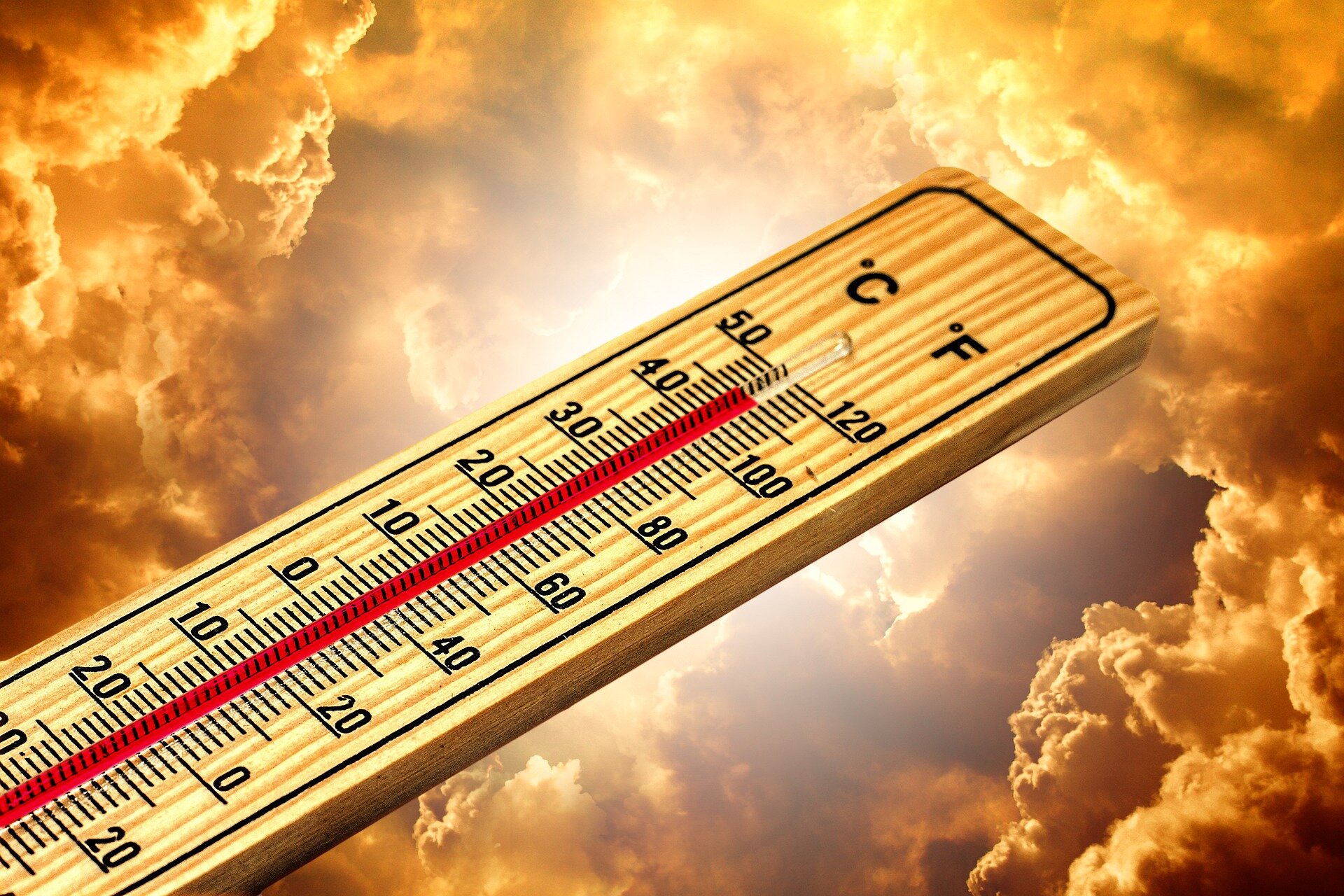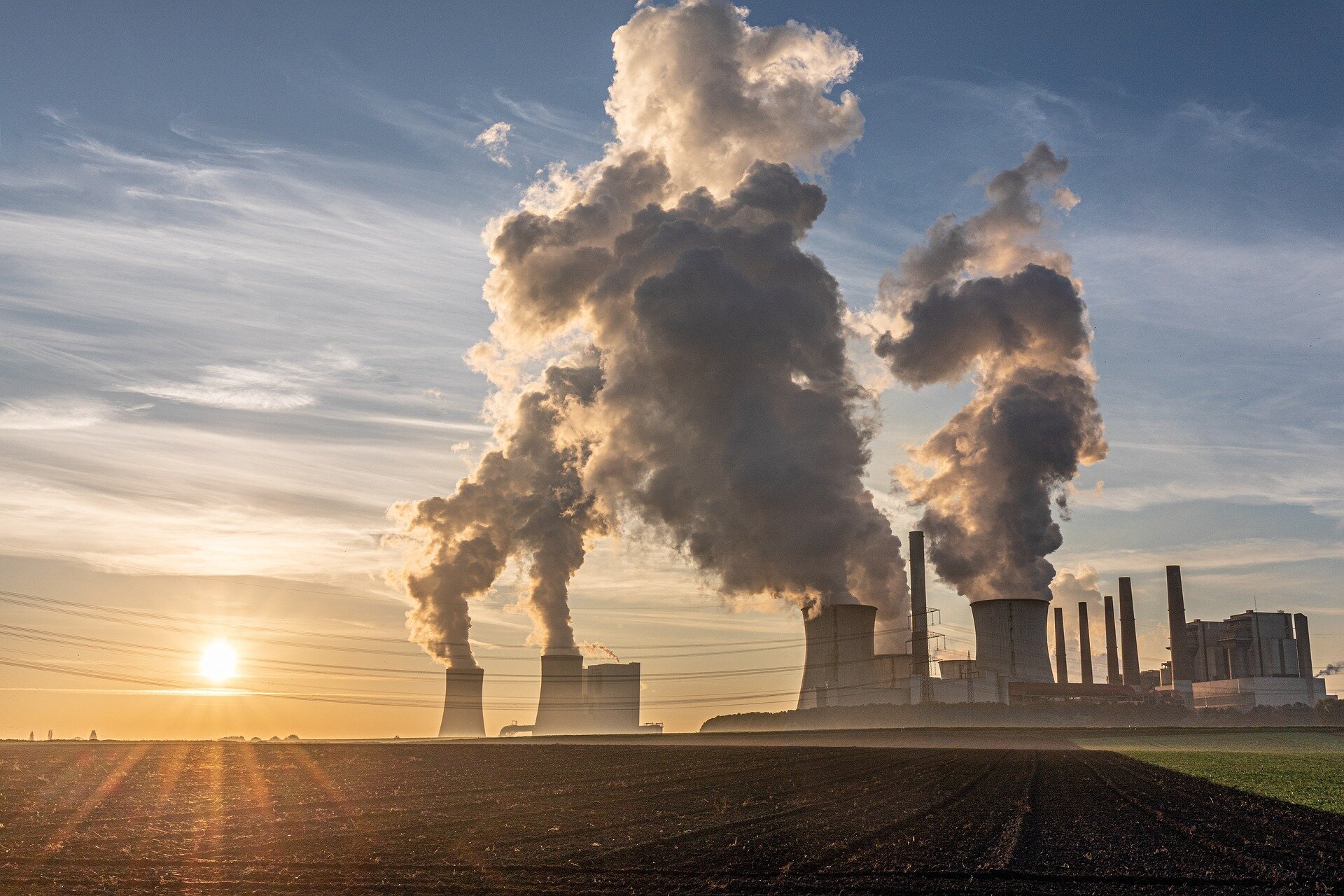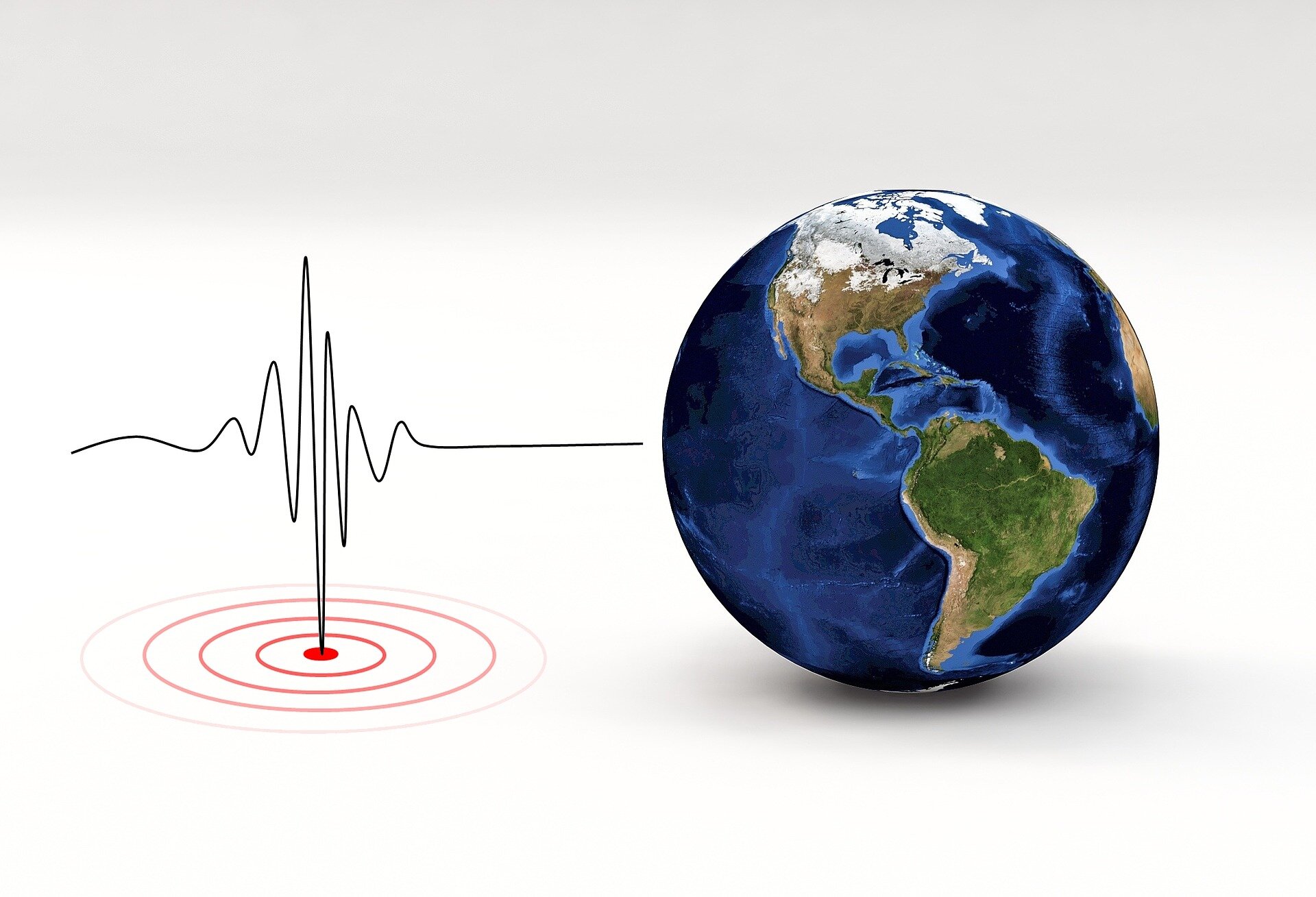- As Florida reels, focus turns to restoring power, assisting victims in Hurricane Milton's wake
- Ancient climate analysis reveals unknown global processes
- How mainstream climate science endorsed the fantasy of a global warming time machine
- A patchwork of spinifex: How we returned cultural burning to the Great Sandy Desert
- Humanity's future depends on our ability to live in harmony with nature
What do you believe is the single most important factor driving up the cost of living in Nigeria?

How mainstream climate science endorsed the fantasy of a global warming time machine
When the Paris agreement on climate change was gaveled into being in December 2015, it briefly looked like that rarest of things: a political victory for climate activists and delegates from the poorest regions of the world that, due to colonization by today's wealthy nations, have contributed little to the climate crisis—but stand to suffer its worst ravages.
The world had finally agreed an upper limit for global warming. And in a move that stunned most experts, it had embraced the stretch target of 1.5°C, the boundary that small island states, acutely threatened by sea-level rise, had tirelessly pushed for years.
Or so, at least, it seemed. For soon, the ambitious Paris agreement limit turned out to be not much of a limit at all. When the Intergovernmental Panel on Climate Change (or IPCC, the world's foremost body of climate experts) lent its authority to the 1.5°C temperature target with its 2018 special report, something odd transpired.
Nearly all modeled pathways for limiting global heating to 1.5°C above pre-industrial levels involved temporarily transgressing this target. Each still arrived back at 1.5°C eventually (the deadline being the random end point of 2100), but not before first shooting past it.
Scientists responsible for modeling the response of Earth's climate to greenhouse gas emissions—primarily caused by burning fossil fuels—called these "overshoot" scenarios. They became the dominant path along which mitigating climate change was imagined to proceed, almost as soon as talk of temperature limits emerged.

- October 12, 2024
MP supports 264 students in Builsa South

- October 13, 2024
Ancient climate analysis reveals unknown global processes


- October 12, 2024
It's time to talk about how the media talks about sexual harassment

- October 12, 2024
Emotion recognition goes beyond facial expressions, study finds





- October 12, 2024
Declines in plant resilience threaten carbon storage in the Arctic
Subscribe to our mailing list to get the new updates!

Subscribe our newsletter to stay updated
Thank you for subscribing!




